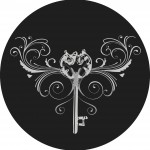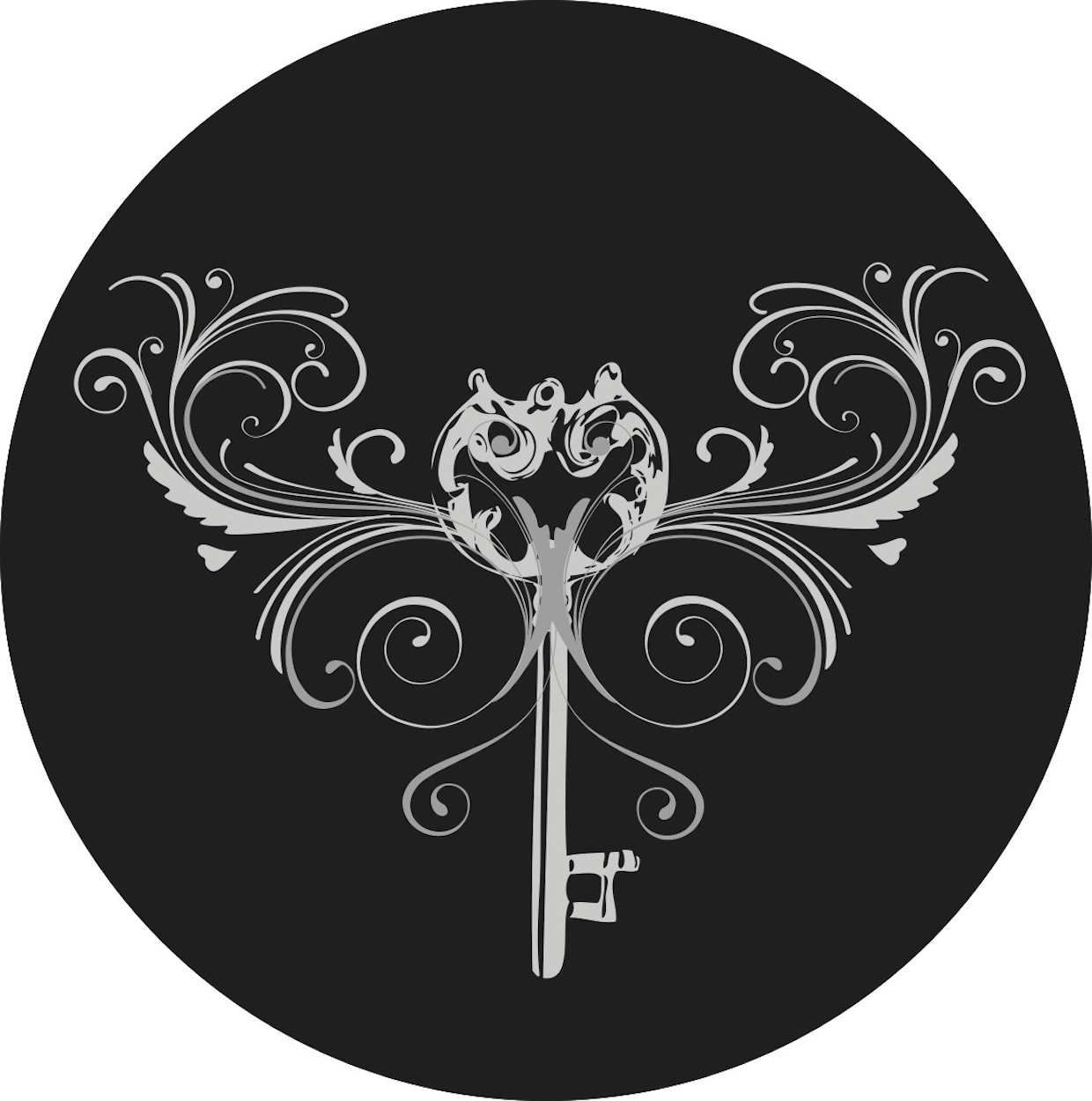
You’d be hard pressed to find someone who, when the mid-afternoon slump hits, has not reached for a coffee to get them through the rest of the day.
But have you ever been so tired that coffee just didn’t help that much? If at all? There’s a reason for that, and even better – a solution.
Enter… The Coffee Nap!
I know it sounds weird, but stick with me. I’ll explain exactly how it works and how to do it.
Basically we have receptors in our brain that, when caffeine molecules bind to them, stimulate the brain and trigger the release of adrenaline which gives us that pick-me-up we all know and love coffee for. However, if we are particularly tired and run-down, perhaps working some long days, or even skimping on sleep – caffeine can find itself competing with adenosine for those receptors[1].
Adenosine is a compound our body naturally produces that plays a role in triggering sleep[2,3]. Levels naturally build up over the course of our day and, ultimately, it initiates the first stage of a sleep cycle and the rest of the sleeping hormone cascade follows suit. This is great when we flop into bed at the end of the day, but highly inconvenient if we have a truckload on the to-do list that just can’t wait.
The trouble is, both adenosine and caffeine bind to the same receptors[4] and if adenosine is ‘occupying the toilet stall’ so-to-speak – caffeine has no way of getting in there and doing its’ thing. This is why, when you’re really tired – no amount of coffee seems to help.
Coffee Napping 101
This is, of course, not always an option – but if you can put aside 20-30 minutes to lie down.. It works each and every time.
 Step 1
Step 1
Get or make a coffee.
Drink the coffee.
Don’t go for decaffeinated… obviously!
 Step 2
Step 2
Set an alarm for 30 minutes time*, mostly for peace of mind.
 Step 3
Step 3
Lie down, close your eyes and have a power snooze.
As you go to sleep adenosine gets to do its job, and then is cleared from the receptor – leaving it wide open for caffeine to now bind to those same receptors.
One of two things will happen.
- You will likely wake up before the alarm as the caffeine starts to kick in. This can sometimes feel a bit ‘rushy’ and does mean a coffee nap is not ideal for everybody, or
- You will wake up with the alarm and feel, after a minute or two, pleasantly more alert than when you first lay down.
*It doesn’t take long to clear adenosine from the receptors PLUS we don’t want to go into a deep sleep so need to pull out before that happens.
PS: Don’t worry if you don’t fall asleep properly, the research showed that even ‘non-sleep dozing’ was found to be effective[6].
PPS: if you’re curious about where this came from, The phenomenon was first studied by British scientists at Loughborough University, looking into ways to combat driver sleepiness[5,6]. After measuring the participants’ brainwaves whilst in a driving simulator, they found that the caffeine/nap combo worked better than either caffeine or napping on it’s own, cold air, or a break with no nap. The caffeine nap was most effective at improving driving performance, virtually eliminating the mid-afternoon drowsiness peak that the other groups exhibited.
Japanese researchers showed a similar effect in a small study on mid-afternoon sleepiness[7].
CAUTION
The use of stimulants, including caffeine, is taxing on the nervous system and the adrenal glands. A coffee nap is not something you should be doing on a regular basis, rather on the odd emergency occasion. I should also point out if you are currently relying heavily on caffeine anyway your adrenals are clearly in need of help and you should look at how you can support them, and achieve sustained energy in a healthy way.
If you are sensitive to caffeine generally, have a genetic polymorphism that affects your ability to metabolise caffeine (i.e. CYP1a2), or suffer from any form of anxiety, a coffee nap is not a good idea. For a safer pick-me-up you could try something like liposomal coenzyme Q10 instead .
Coffee Nap Video
If you prefer to hear about the science of coffee napping, rather than reading – the video below is for you!
References:
- Ribeiro JA, Sebastião AM. Caffeine and adenosine. J Alzheimers Dis 2010;20 Suppl 1:S3-15.
- Huang ZL, Urade Y, Hayaishi O. The role of adenosine in the regulation of sleep. Curr Top Med Chem 2011;11(8):1047-57.
- Bjorness TE, Greene RW. Adenosine and Sleep. Curr Neuropharmacol. 2009; 7(3): 238–245.
- Elmenhorst D, Meyer PT, Matusch A, et al.Caffeine Occupancy of Human Cerebral A1 Adenosine Receptors: In Vivo Quantification with 18F-CPFPX and PET. Journal of Nuclear Medicine 2012; 53 (11): 1723.
- Horne JA, Reyner LA. Counteracting driver sleepiness: effects of napping, caffeine, and placebo. Psychophysiology 1996;33(3):306-309.
- Reyner LA, Horne JA. Suppression of sleepiness in drivers: combination of caffeine with a short nap. Psychophysiology 1997;34.
- Mitsuo Hayashi, Akiko Masuda, Tadao Hori. The alerting effects of caffeine, bright light and face washing after a short daytime nap. Clinical Neurophysiology 2003 Volume 114, Issue 12, Pages 2268–2278.


